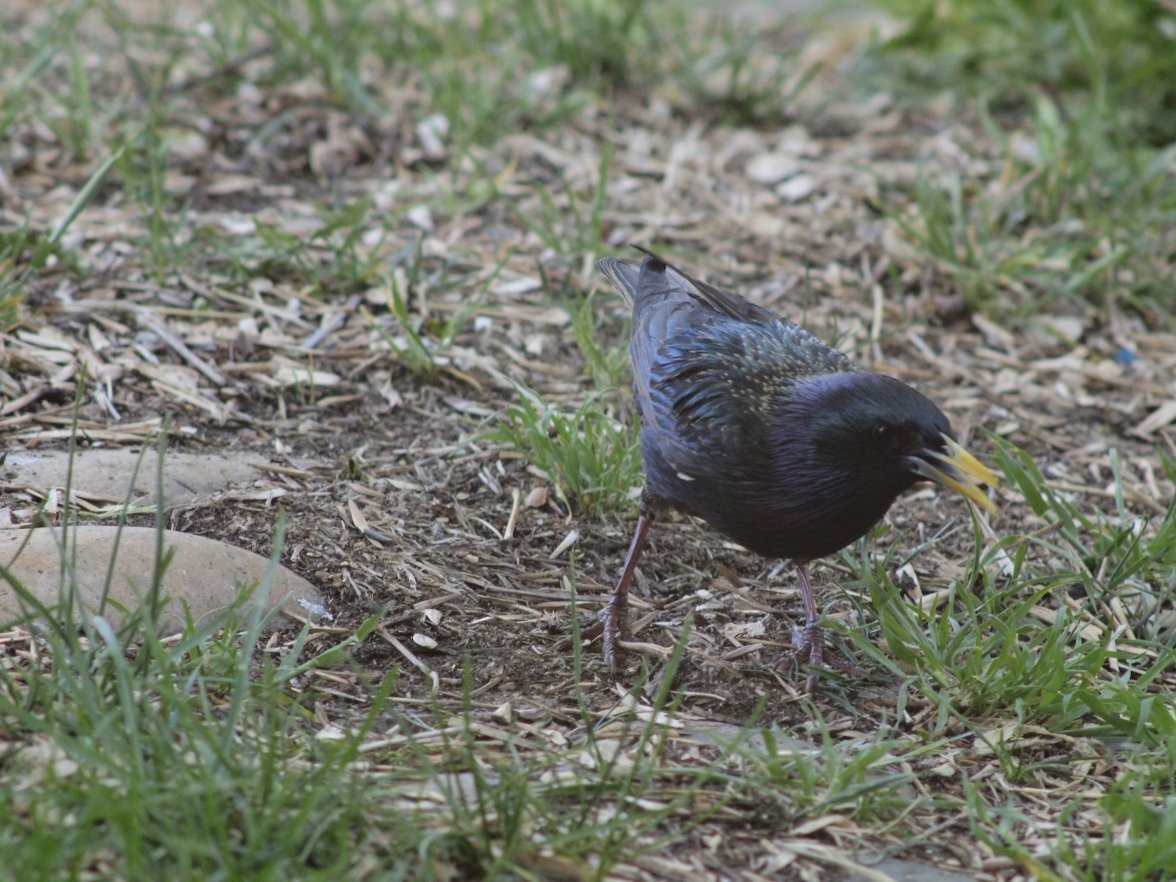Part of the enjoyment of collecting vintage film lenses and adapting them to a mirrorless camera is that you try out items that are outside of the mainstream. Every once in awhile I would acquire an optic that inexplicably goes off the chart resolution-wise, and in the fun factor. This manual focus Yashica ML 300mm f5.6 that I adapted to an Olympus E-P2 was one of those. Partly because it was so tidy. Compared to my manual focus Nikkor 300mm f4 it feels like a sports car. It was anything but fast, max-aperture of f.5.6, so it didn’t require a large front element. I think that even as long as it was, it scaled well to the smallish micro 4/3 E-P3. As long as you are shooting in the day, there really isn't any reason to think about a tripod. Not that I would characterize it as light, it's actually rather rugged, but it has a great balance. And frankly, though not as fast, it was as all day as sharp as my 300 Nikkor. The only disclaimer would be that an electronic viewfinder (this was before Olympus had genuine focus-peaking) is a must with a lens this long. Trying to zero in on anything by composing on the LCD---bad science.
People are often surprised to learn the prices that Yashica manual focus lenses command...often more than Nikon, Canon, Pentax, etc. It's not really that hard to understand if you have followed the history of Yashica. If the odds for a business to succeed are determined largely by who they partner with, well then Yashica made all the right moves. The list of quality acquisitions and partnerships is impressive: Nicca; Zunow; Tomioka; Contax/Zeiss; and finally mega-industrialist Kyocera. Horses having a pedigree like that win Kentucky Derbys. But all good things pass, and in 2005 the Yashica I was familiar with ceased to be. The sweet vintage glasss is still available though, and the mirrorless movement has certainly brought these quality optics back into the forefront. The "ML" [Multi Layer coatings] lenses were Yashicas premium line, and much of the input for the optical engineering was derived from their close association with Zeiss. Optically Yashica glass is well-regarded, and has provided a less-costly alternative to grateful Contax shooters for years.
I have uploaded three images that I captured with this lens and camera. They are completely unaltered and uncropped jpegs. Everything was taken in full sun with White Balance set to Auto. I have learned that with long lenses or moving subjects, the best manual focusing strategy is to put it in Aperture Priority mode, set the aperture ring anywhere from f5.6 to 11, and let the camera set the shutter speed. With full sun rarely are the shutter speeds less than 1/2500th, and if you shoot wide open they may be 1/4000th. I also turned on the Image Stabilization, but at these speeds it is probably was not necessary. All 3 captures were shot mid-May 2012 and manually focused with ISO set to 800. The goose was about 40+ feet at f8 and 1/2500th; the blackbird was from about 20-25 feet @f11 and 1/60th with light clouds; and the Harrah’s Ranch House was taken from about a half mile plus away, shooting from a hill, f8 and 1/4000th. The Wells Fargo Bank is about a quarter mile behind the "house", and the Bank of America as much as a full mile from where I was shooting. This image really illustrates the effect of the micro4/3 sensor 2X "crop factor", which yields a 600mm equivalent focal length, and the dramatic compression of the depth of field. This lens has an integrated retractable hood, and a locking/rotating tripod collar.














